Location For MUA Vent
John Liu
8 years ago
Featured Answer
Sort by:Oldest
Comments (13)
kaseki
8 years agolast modified: 8 years agoRelated Professionals
Bonita Kitchen & Bathroom Designers · Williamstown Kitchen & Bathroom Designers · Wood River Kitchen & Bathroom Remodelers · Clovis Kitchen & Bathroom Remodelers · Honolulu Kitchen & Bathroom Remodelers · Schiller Park Kitchen & Bathroom Remodelers · Waukegan Kitchen & Bathroom Remodelers · West Palm Beach Kitchen & Bathroom Remodelers · Casas Adobes Cabinets & Cabinetry · Fort Lauderdale Cabinets & Cabinetry · Homer Glen Cabinets & Cabinetry · Parsippany Cabinets & Cabinetry · Vermillion Cabinets & Cabinetry · Bellwood Cabinets & Cabinetry · Harmony Plumberskaseki
8 years agoJohn Liu
8 years agokaseki
8 years agoJohn Liu
8 years agokaseki
8 years agoJohn Liu
8 years agokaseki
8 years agopippiep
8 years agokaseki
8 years agoJohn Liu
8 years agolast modified: 8 years agokaseki
8 years ago
Related Stories

KITCHEN DESIGNA Cook’s 6 Tips for Buying Kitchen Appliances
An avid home chef answers tricky questions about choosing the right oven, stovetop, vent hood and more
Full Story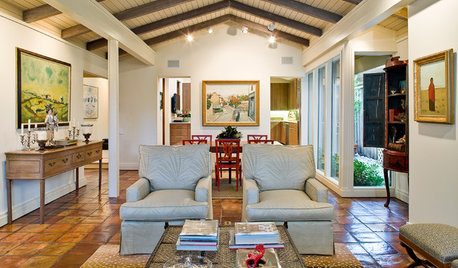
REMODELING GUIDESBanish Gizmo Blemishes on Your Walls
Unsightly switches, vents and outlets can ruin your interior design's clear complexion. Keep the look pure with an architect's tips
Full Story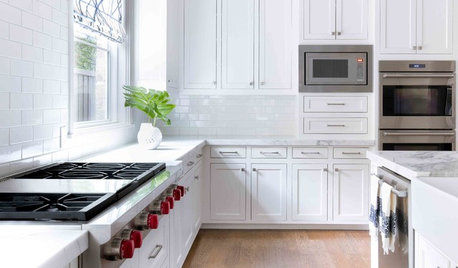
KITCHEN APPLIANCES9 Places to Put the Microwave in Your Kitchen
See the pros and cons of locating your microwave above, below and beyond the counter
Full Story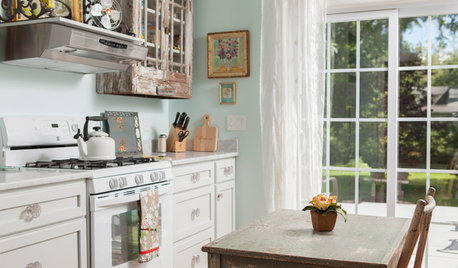
KITCHEN OF THE WEEKKitchen of the Week: Quaint Cottage Style in Historic Wilmington
The redesign included a new location, but this North Carolina kitchen's classic charm and personality stayed put
Full Story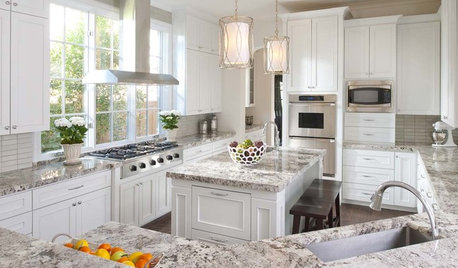
KITCHEN DESIGNGet Cookin' With the Right Microwave
Energy zapped from trying to pick a microwave model and location? This guide will fire up your decision making
Full Story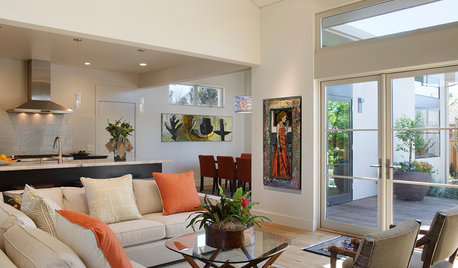
CONTEMPORARY HOMESHouzz Tour: Sonoma Home Maximizes Space With a Clever and Flexible Plan
A second house on a lot integrates with its downtown neighborhood and makes the most of its location and views
Full Story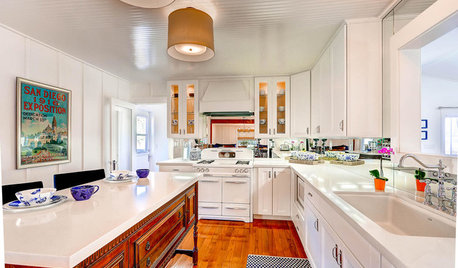
KITCHEN DESIGNKitchen of the Week: Hints of Nautical Style for a Shipshape Kitchen
A designer reinvents her dated kitchen with shades of days gone by and a nod to its seafaring location
Full Story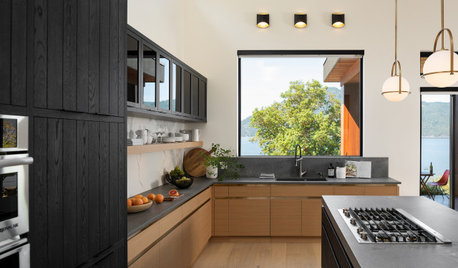
KITCHEN DESIGNWhere Should You Put the Kitchen Sink?
Facing a window or your guests? In a corner or near the dishwasher? Here’s how to find the right location for your sink
Full Story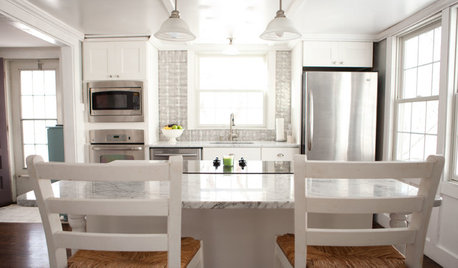
HOUZZ TOURSMy Houzz: DIY Love Reforms a Dated Cape Ann Home
Handmade touches and classic neutrals transform a dark Massachusetts house into a beautiful home fit for a family
Full Story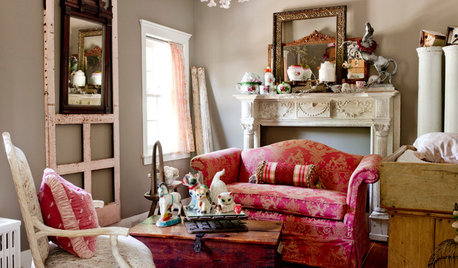
MY HOUZZMy Houzz: Color and Comfort in Upstate New York
Flea market finds mix with reimagined pieces in pastel hues in this beautiful traditional home
Full Story







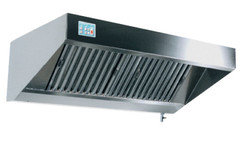

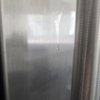
John LiuOriginal Author